These photos were all taken at Havre Des pas and La Collet the photos were inspired by Robert Adams and Lewis Baltz.


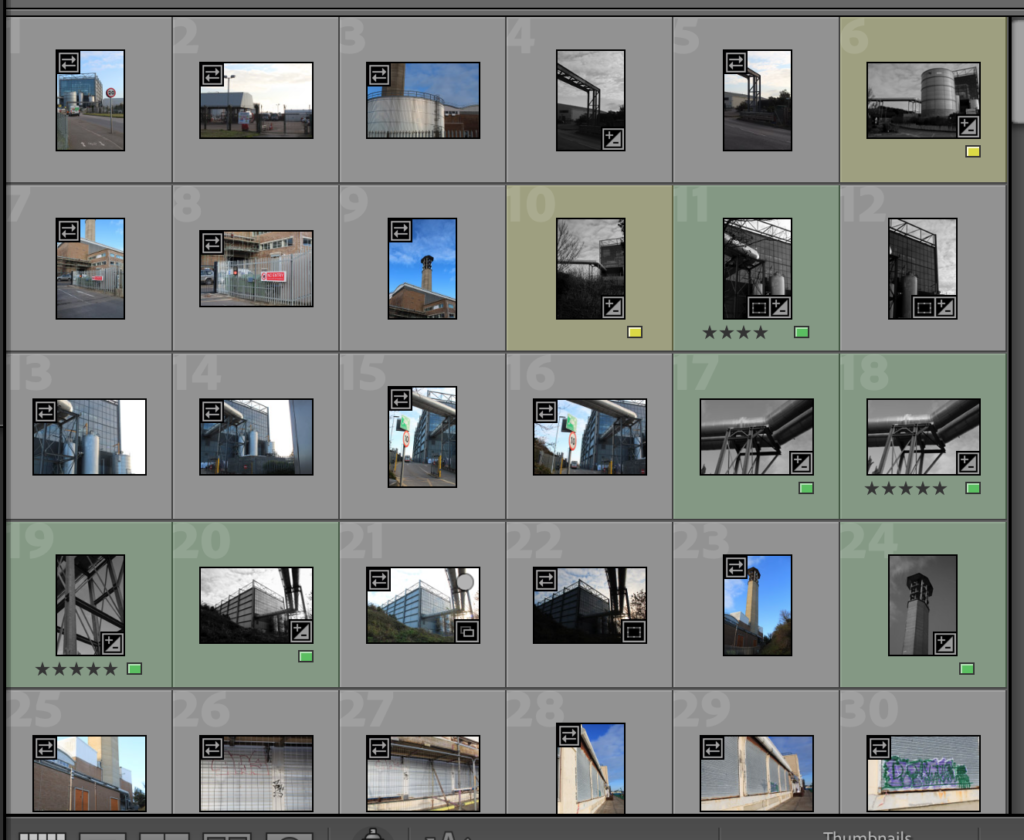
Final images
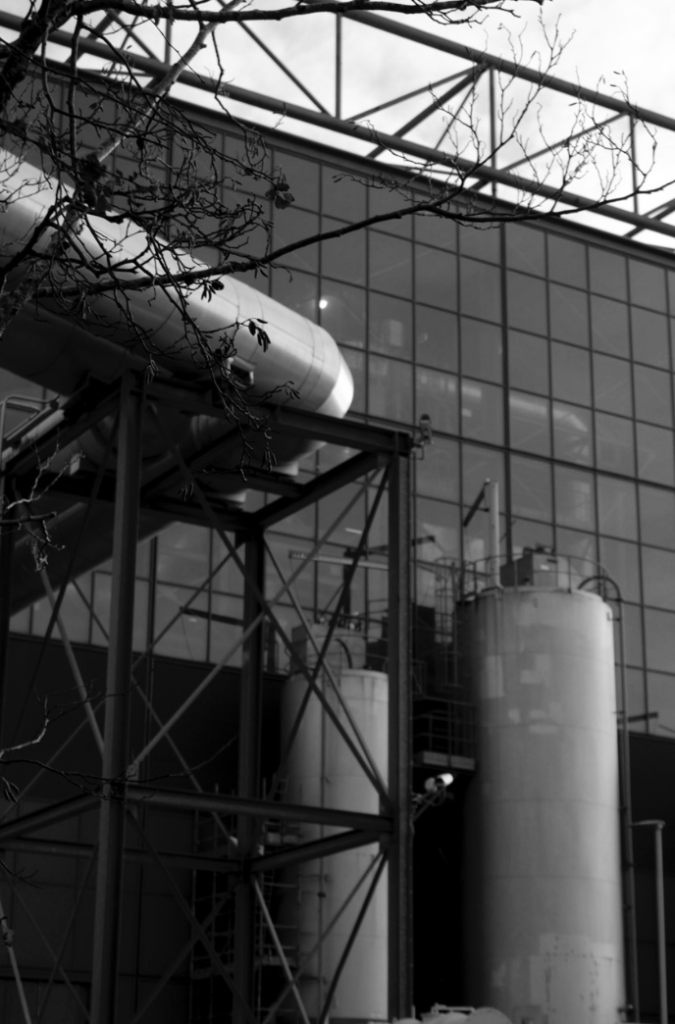


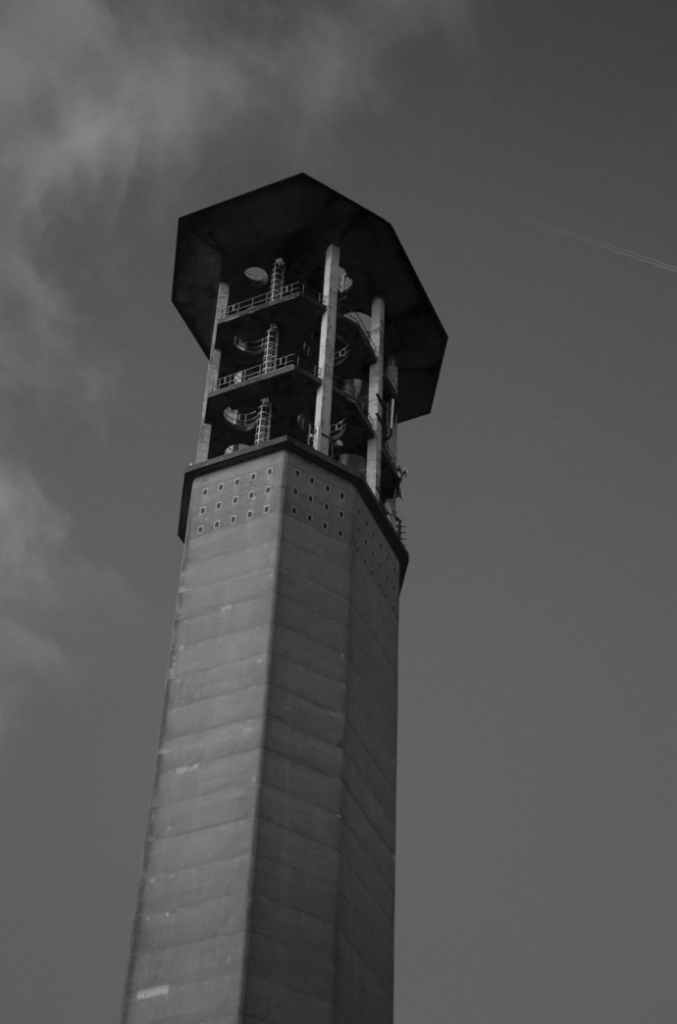

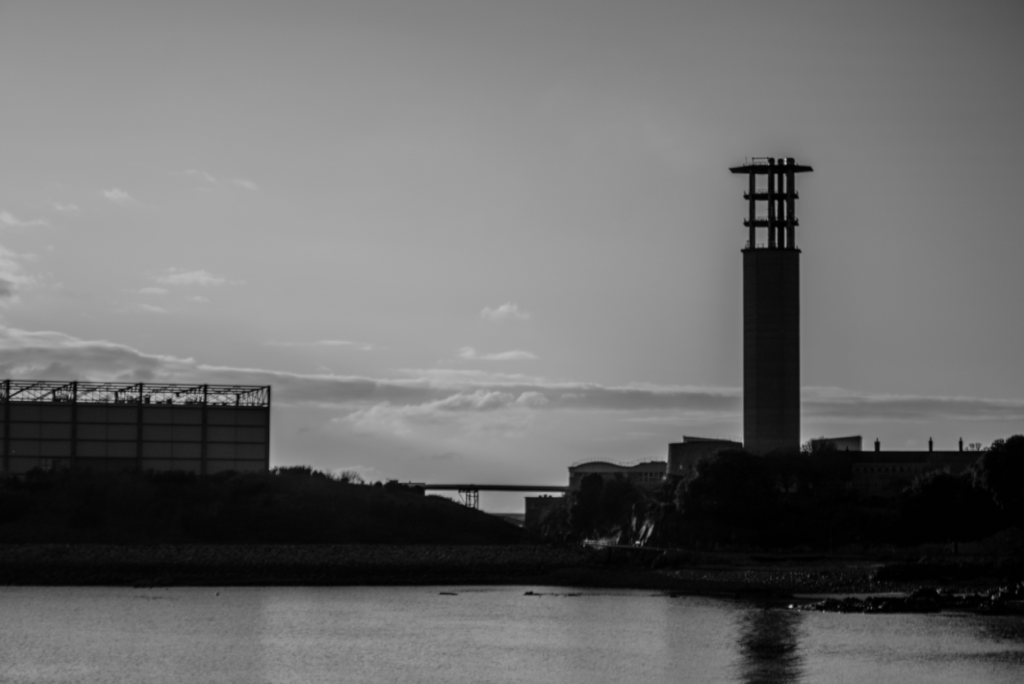
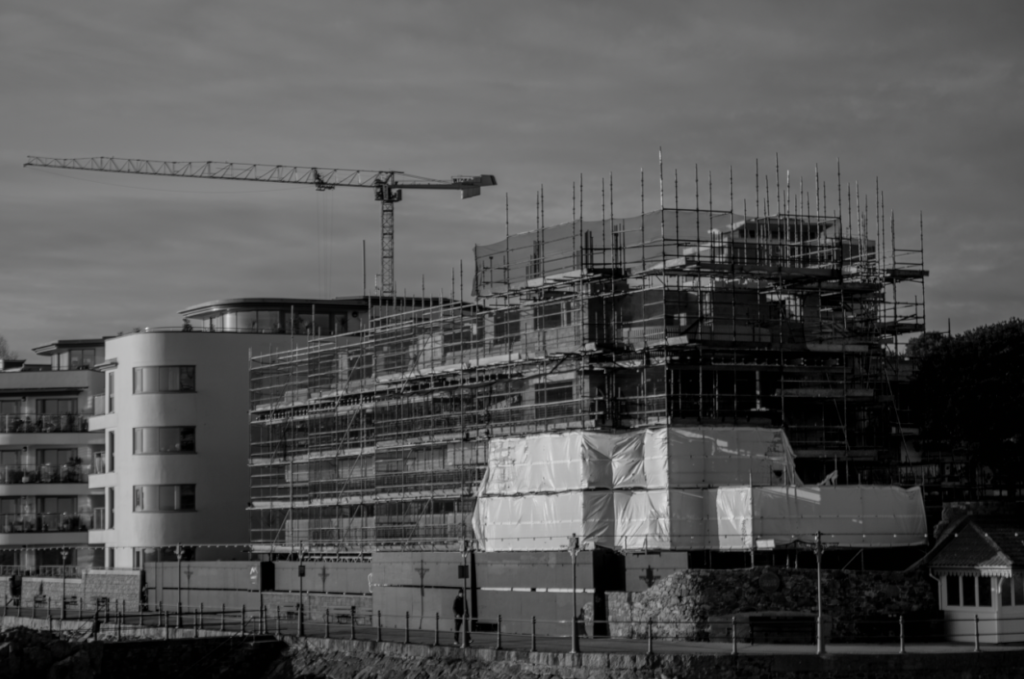
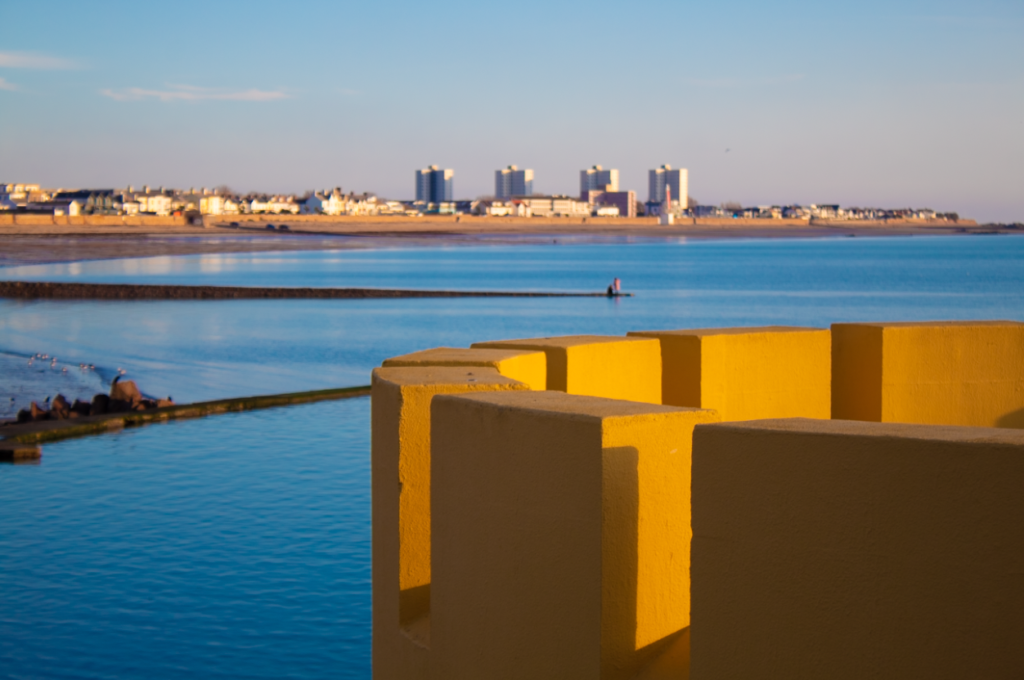

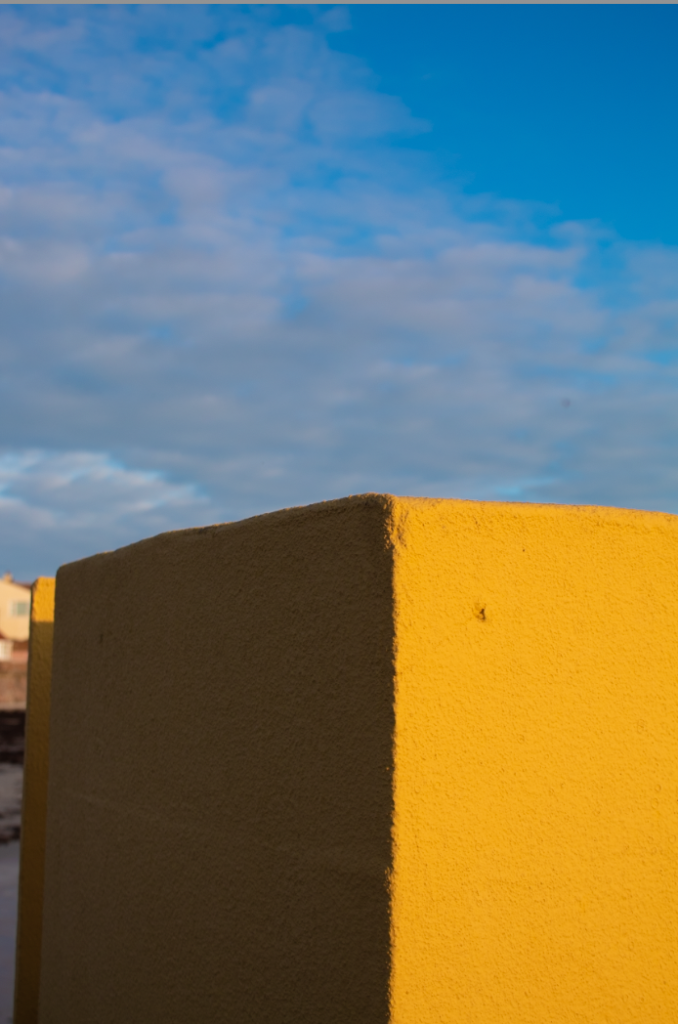
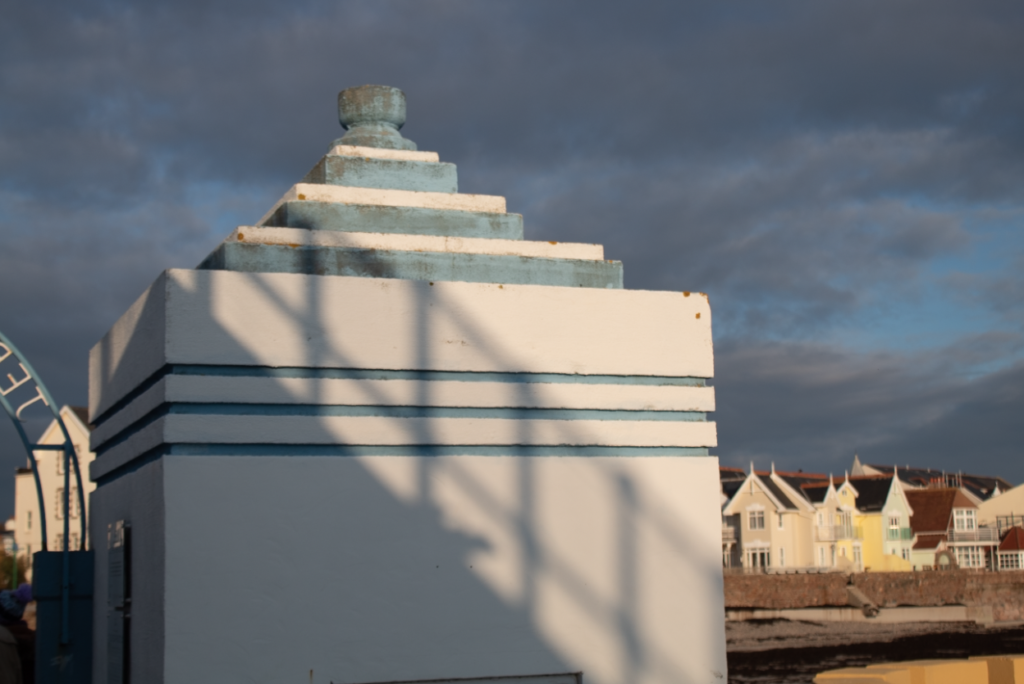
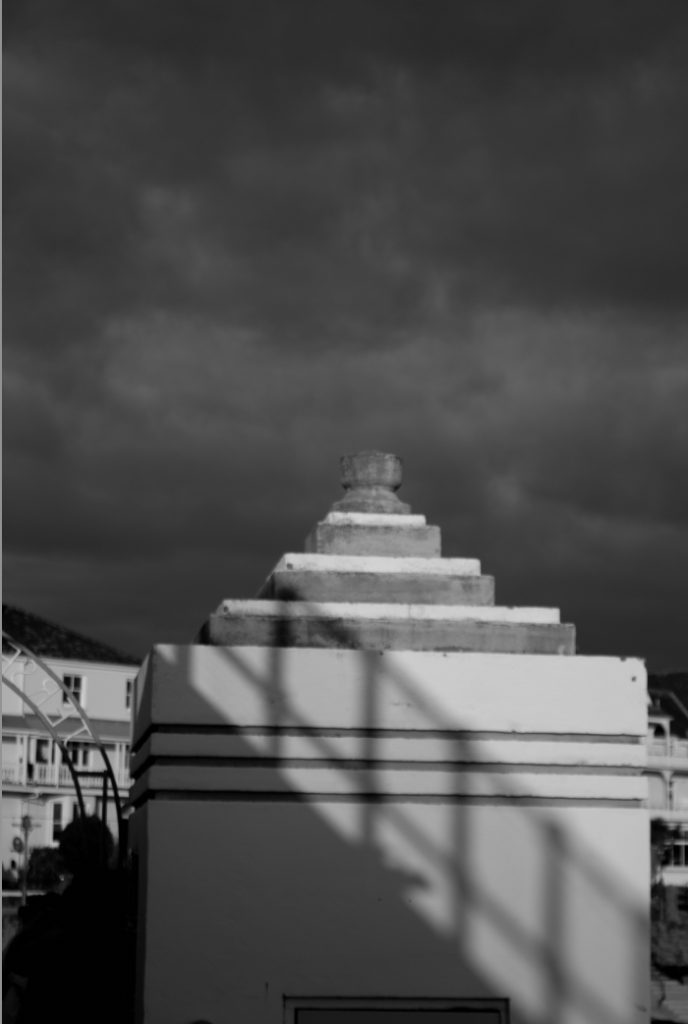
These photos were all taken at Havre Des pas and La Collet the photos were inspired by Robert Adams and Lewis Baltz.















New topographics was a term coined by William Jenkins in 1975 to describe a group of American photographers (such as Robert Adams and Lewis Baltz) whose pictures had a similar banal aesthetic, in that they were formal, mostly black and white prints of the urban landscape.
New topographics focuses on landscape photos of man made buildings, it can be seen as documenting the change and expansion of things, it was in relation to the tyranny of idealised landscape photography that elevated the natural and the elemental, it questioned the supposed distinction between cultural and natural landscapes, the goal for American topographics was to show the tension between natural and man made structures post WorldWar 2.
Post WorldWar 2 America struggled with inflation and labour unrest, it affected Americans due to the rise in price of goods going up astronomically people were no longer able to afford the cost of living in the city so they had to move it made lots of people isolated and caused lots of mental heath problems.
It revealed the growing unease about how the natural landscape was being eroded by industrial development.
Lewis Baltz was an American Photographer, he was known for his involvement in New Topographic. Like his contemporaries Robert Adams, Stephen Shore, and Bernd and Hilla Becher, Baltz focused his camera on the unassuming green spaces and architecture of tract housing, office parking lots, and industrial parks. He believed the man made landscapes wasn’t which anyone wanted to look at he changed that by making these photos and making people view our man-made landscapes.
Lewis Baltz took photos of beautiful black-and-white images of parking lots, office parks, industrial garage doors and the backs of anonymous warehouses helped forge a new tradition of American landscape photography in an age of urban sprawl.
Baltz was mainly inspired by modern minimalist artistic movements and the effects of industrial civilization on landscapes. He shot in black and white with a wide depth of field (meaning that the entire image is in focus). His photographs are very minimalist and rely on geometric shapes and sharp contrast to add visual interest.
,-1988%E2%80%932000.jpg)
%E2%80%9D,-1988%E2%80%932000.jpg)
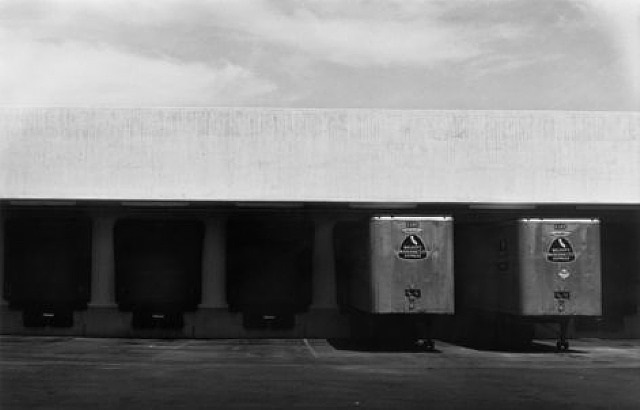
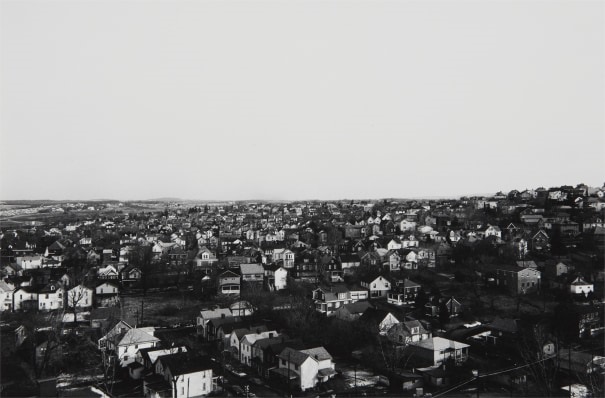
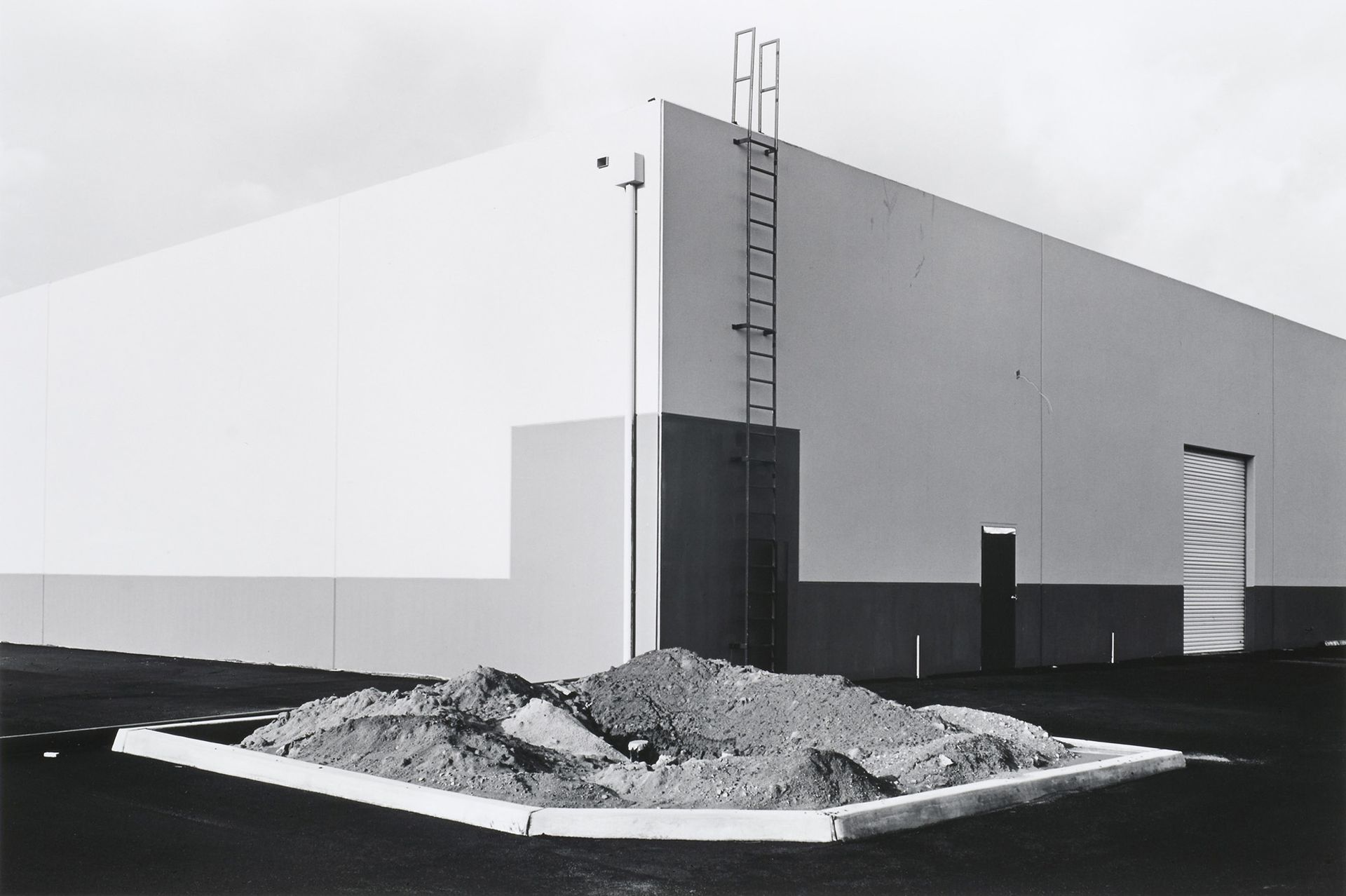
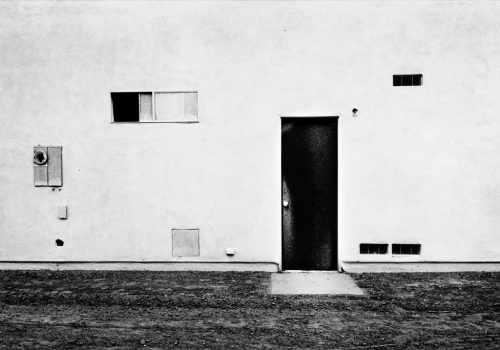

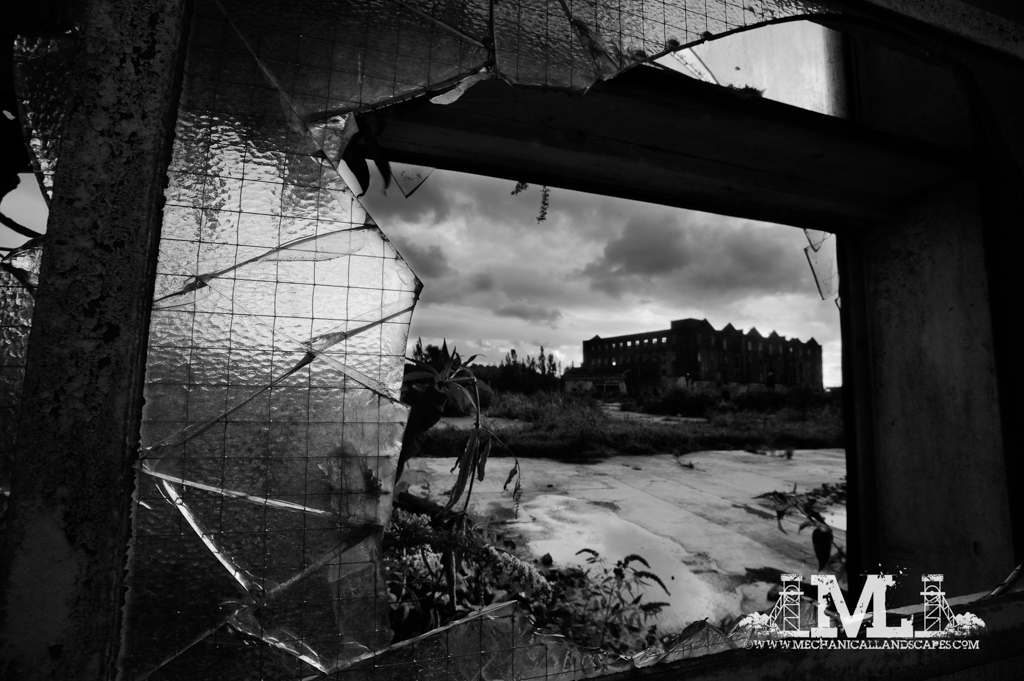

These photos were taken at Greve de Lecq on a cloudy day at high tide, i chose to go on a cloudy day to capture the mood they sky can create in photos which Ansel Adams captures, i also went on a high-tide to try to take photos of the water crashing against the rocks.
I also went to Queen’s Valley Reservoir to take photos however i am not pleased with the majority of these photos as the ISO was too high leaving the photos being too bright i tried to edit them darker on Light-room however it made the darker parts of the photo even darker and didn’t darken the parts which i wanted to be darken.
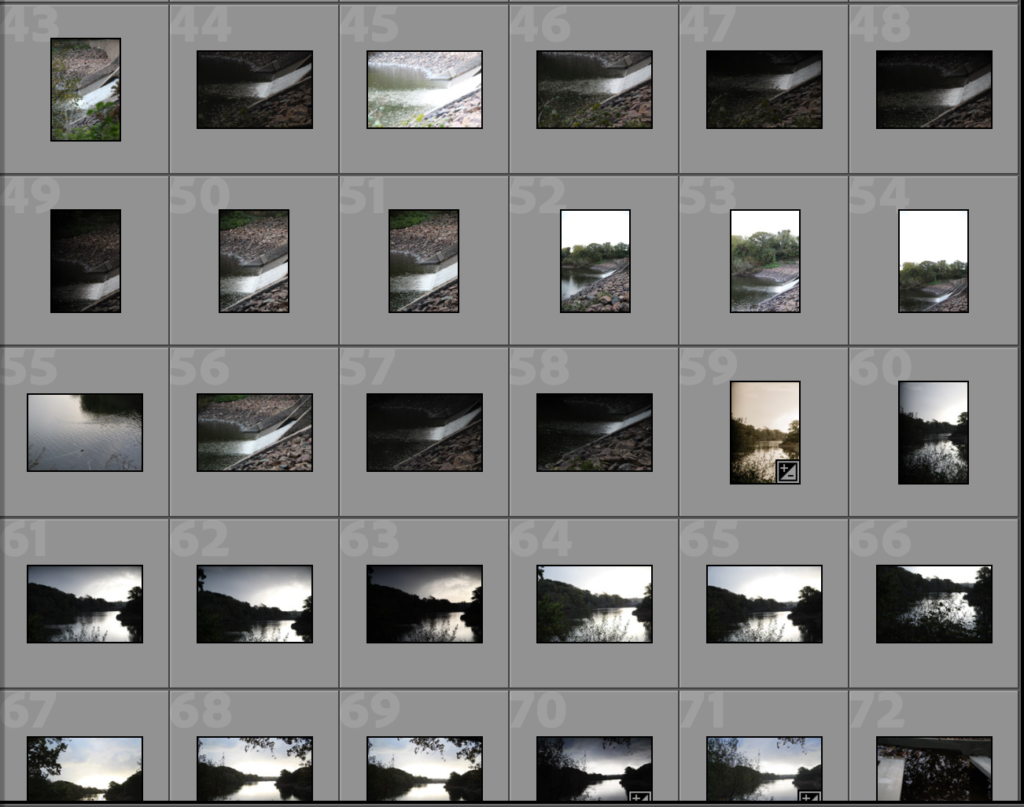



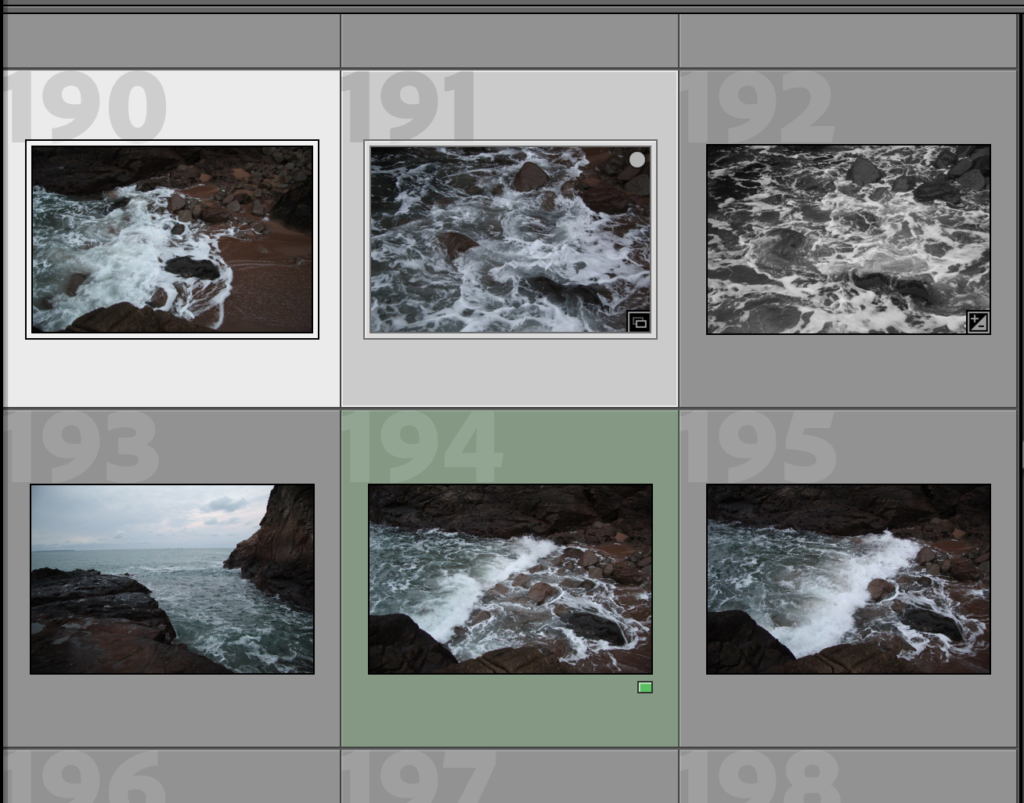





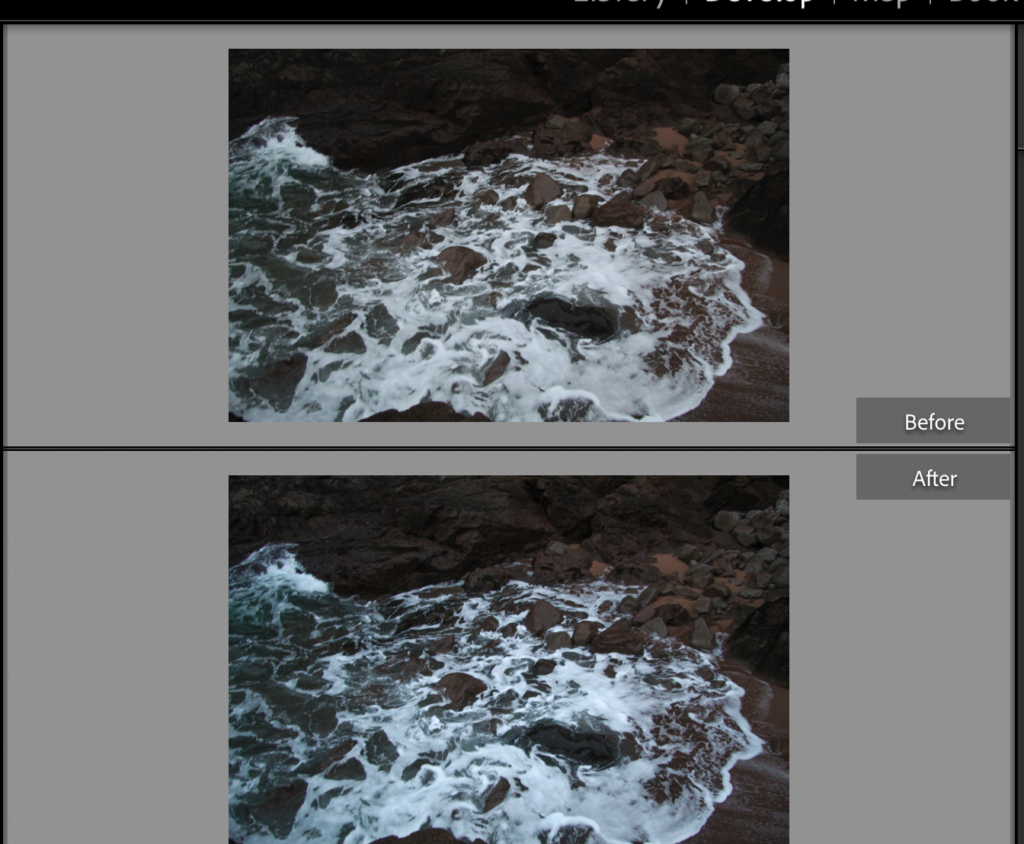
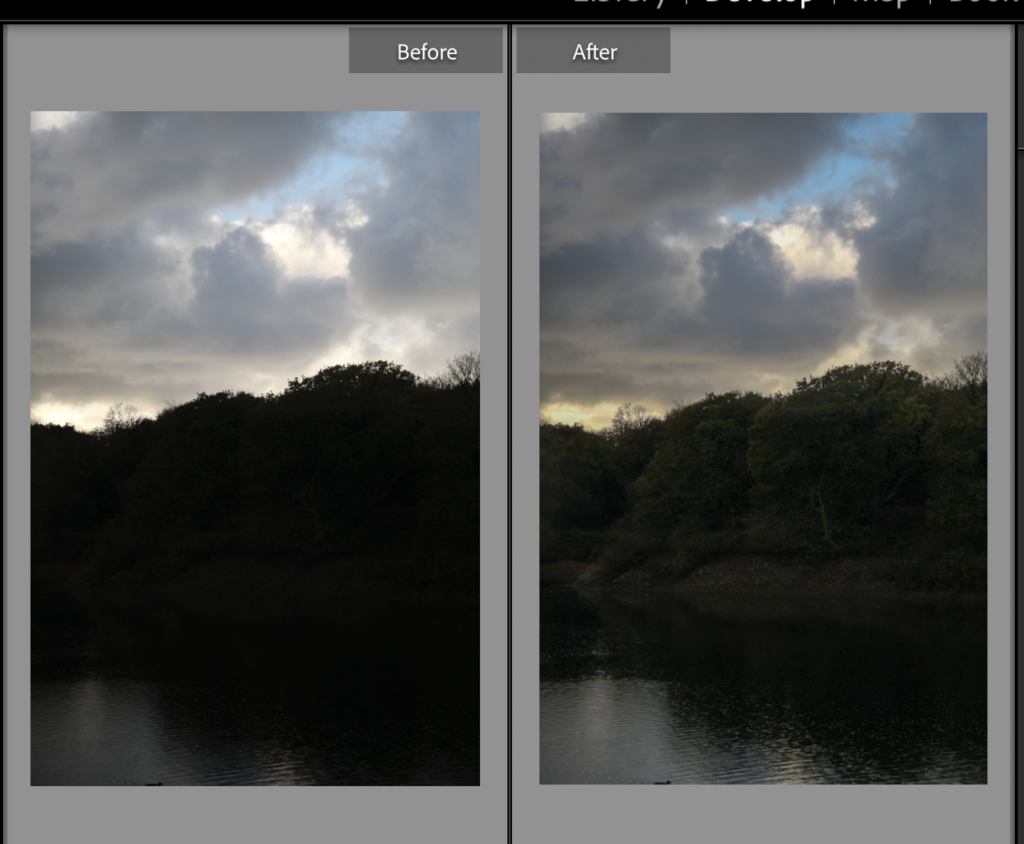
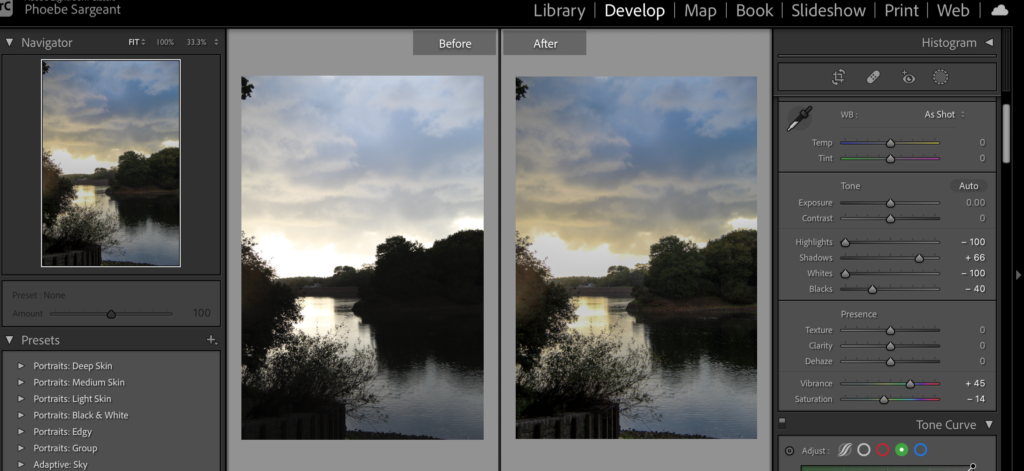
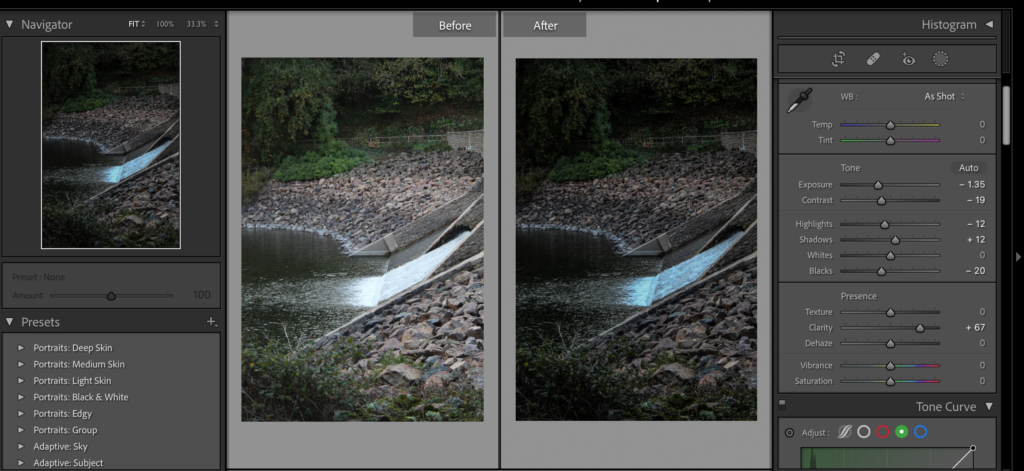
These photos were taken on the lanes in St.Saviours, i like the majority of the photos i have taken on this shoot i turned some of the photos into black and white, which i think make the photos look better because it shows all the high and low points of the image, it also highlights the shadows within the image.

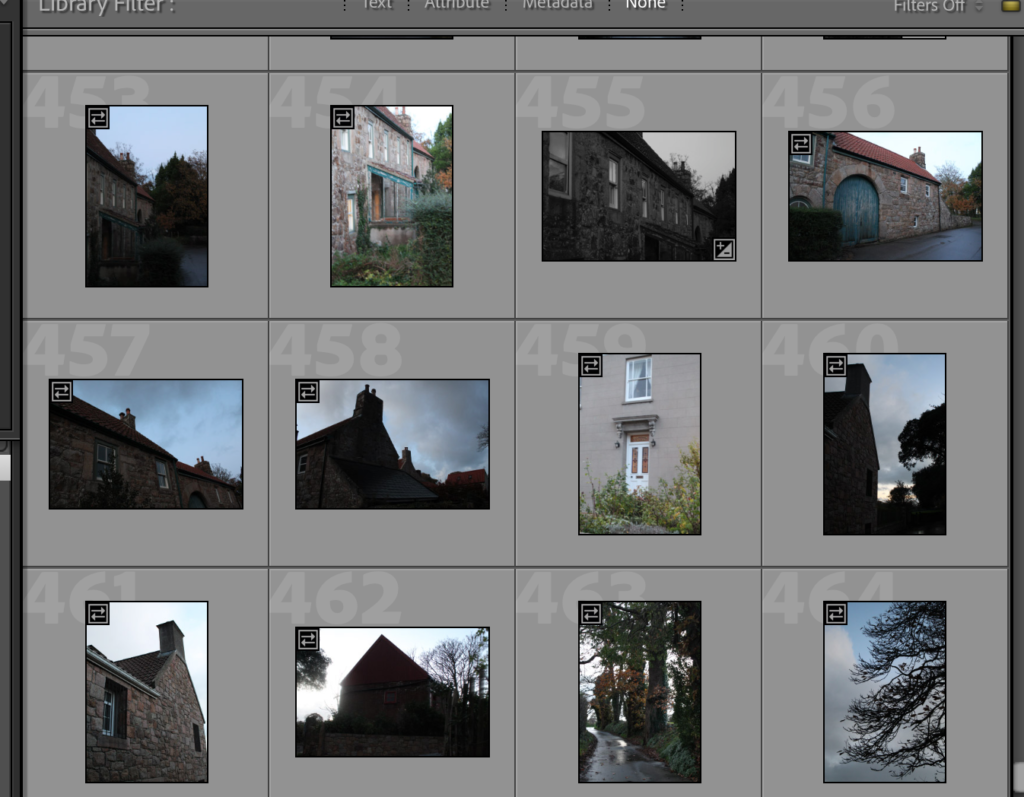
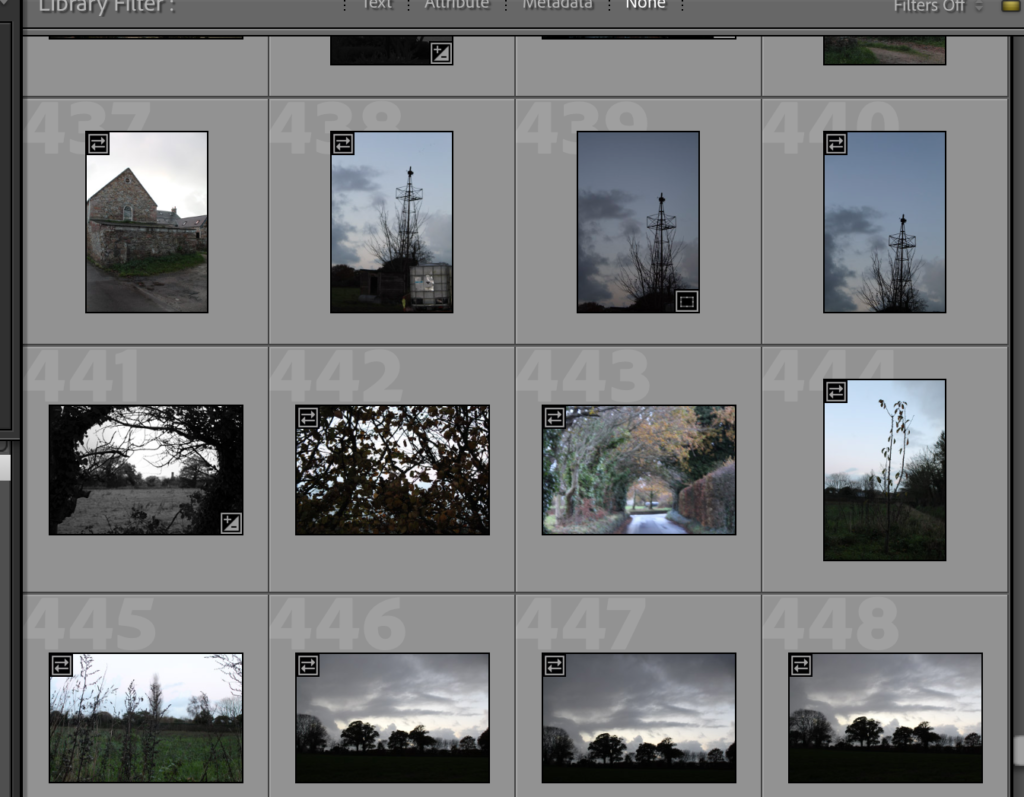
I adjusted most of these photos by turning down the highlights and whites and turning up the shadows this made the images darker without turning the shadows black.
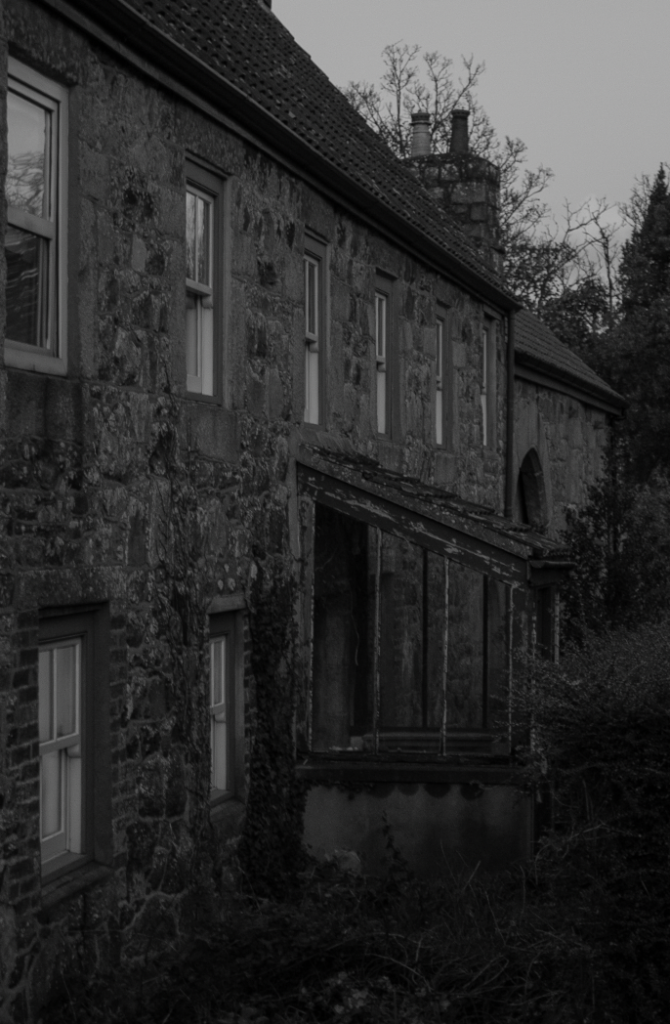



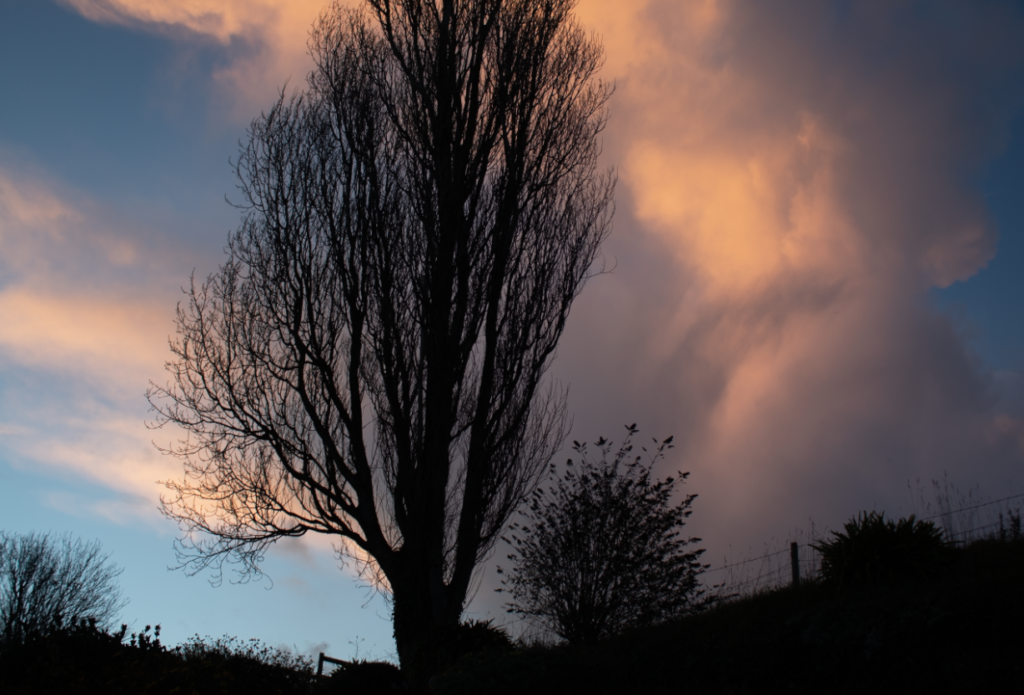

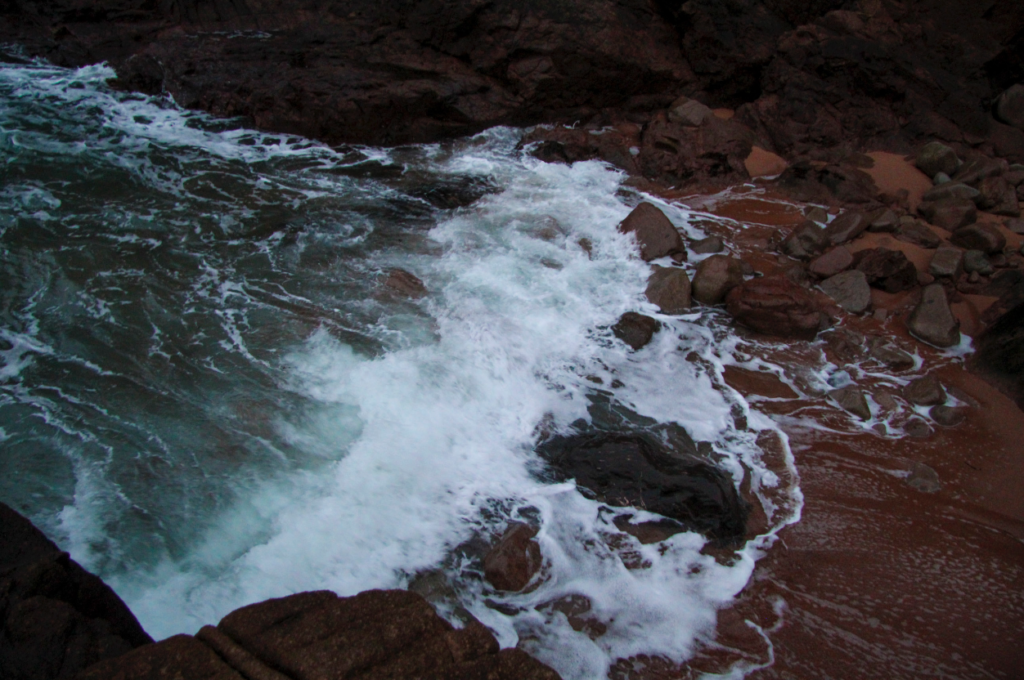

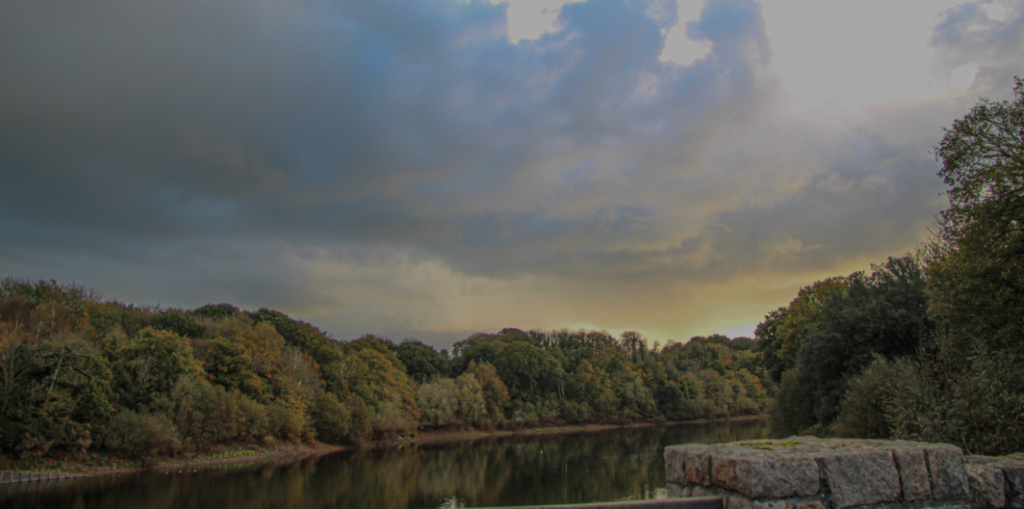
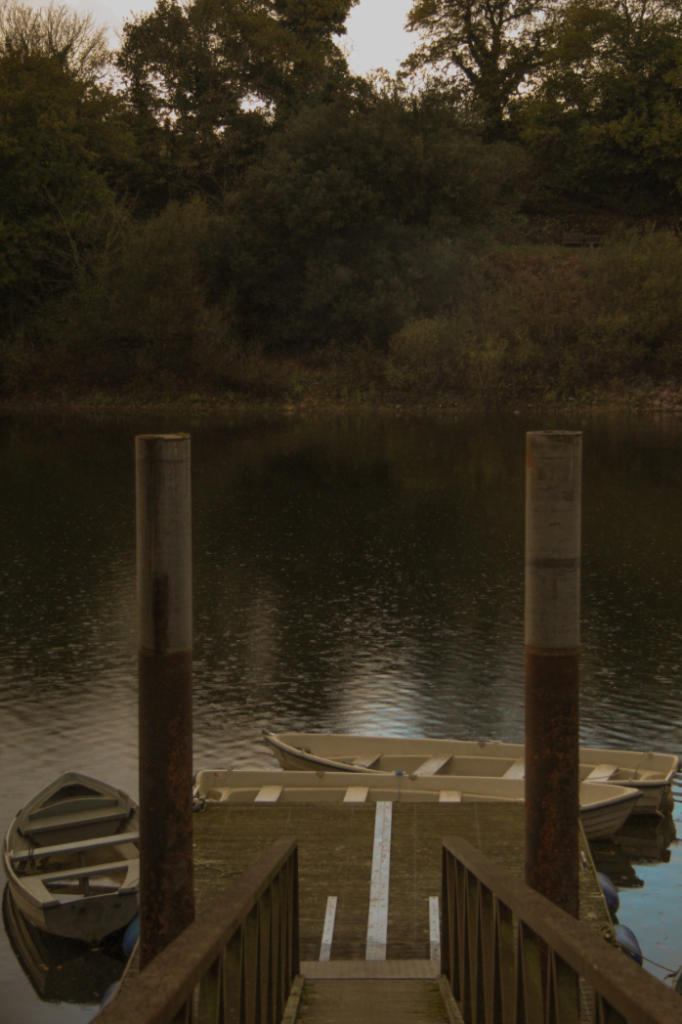

Exposure bracketing is when a photographer creates pictures with different exposure settings, photography bracketing can help you photograph high contrast scenes. Bracketing is an easy way to overcome technical limitations and create natural-looking images.
This technique is simply a way to ensure you’ve captured a scene with the “best” exposure possible by taking a series of three to seven photos with varying exposures. The purpose of this is to cover more of the dynamic range.
How to bracket photos
Rural landscape describes the diverse portion of the nation’s land area not densely populated or intensively developed, and not set aside for preservation in a natural state.
Rural means relating to the country, country people or life, or agriculture.
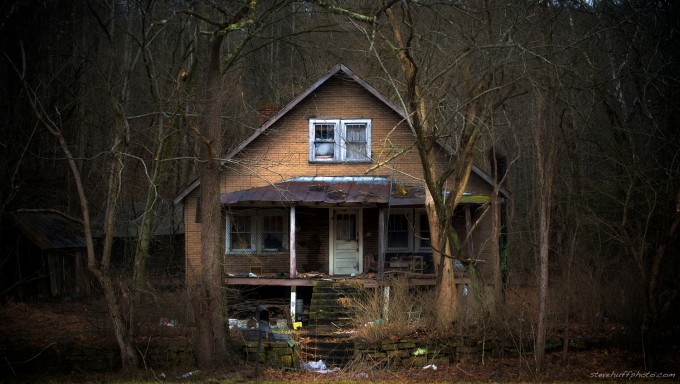

Steve Huff is a photographer who focused one of his projects on rural landscapes in 2009 and 2010, he photographed abandoned houses, factories and rural landscape. In my opinion his photos are eye-catching the derelict buildings give the photographs an eerie feeling, the dark points and shadows on the image below attracts the attention of the audience due to the cold feeling and the different shades shown.
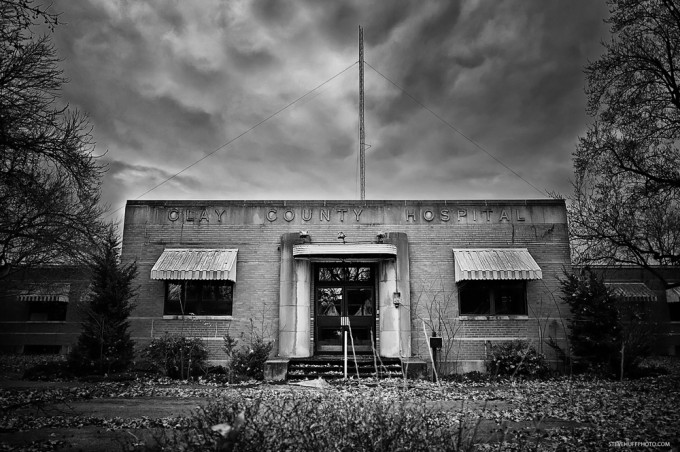
Fay Godwin, was a British photographer known for her black-and-white landscapes of the British countryside and coast born in Berlin in 1931, Fay grew up in various countries having a British diplomat father and an American artist mother (of Scottish ancestry). They were posted to various countries and this multi-cultural, upper class, artistic environment created a passion for the contemporary arts and literature that permeated her life.
Godwins way into photography was through family snaps in the mid-1960s. She had no formal training, but after the snaps came portraits, reportage, and finally, through my love of walking, landscape photography, all in black and white. A Fellowship with the National Museum of Photography in Bradford led her to urban landscape in colour, and very personal close-up work in colour has followed.
Fay Godwin was critical of her work, Godwin went on to reject the notion of beauty and landscape, even going so far as to stating that her photography did not fit anywhere in the ‘sublime’, romantic tradition.

In my opinion Godwins work fits into the idea of the sublime and romanticism due to the moody sky and the natural beauty of the location being photographed, she captures the light in the photo which adds an act of dimension to the photo.
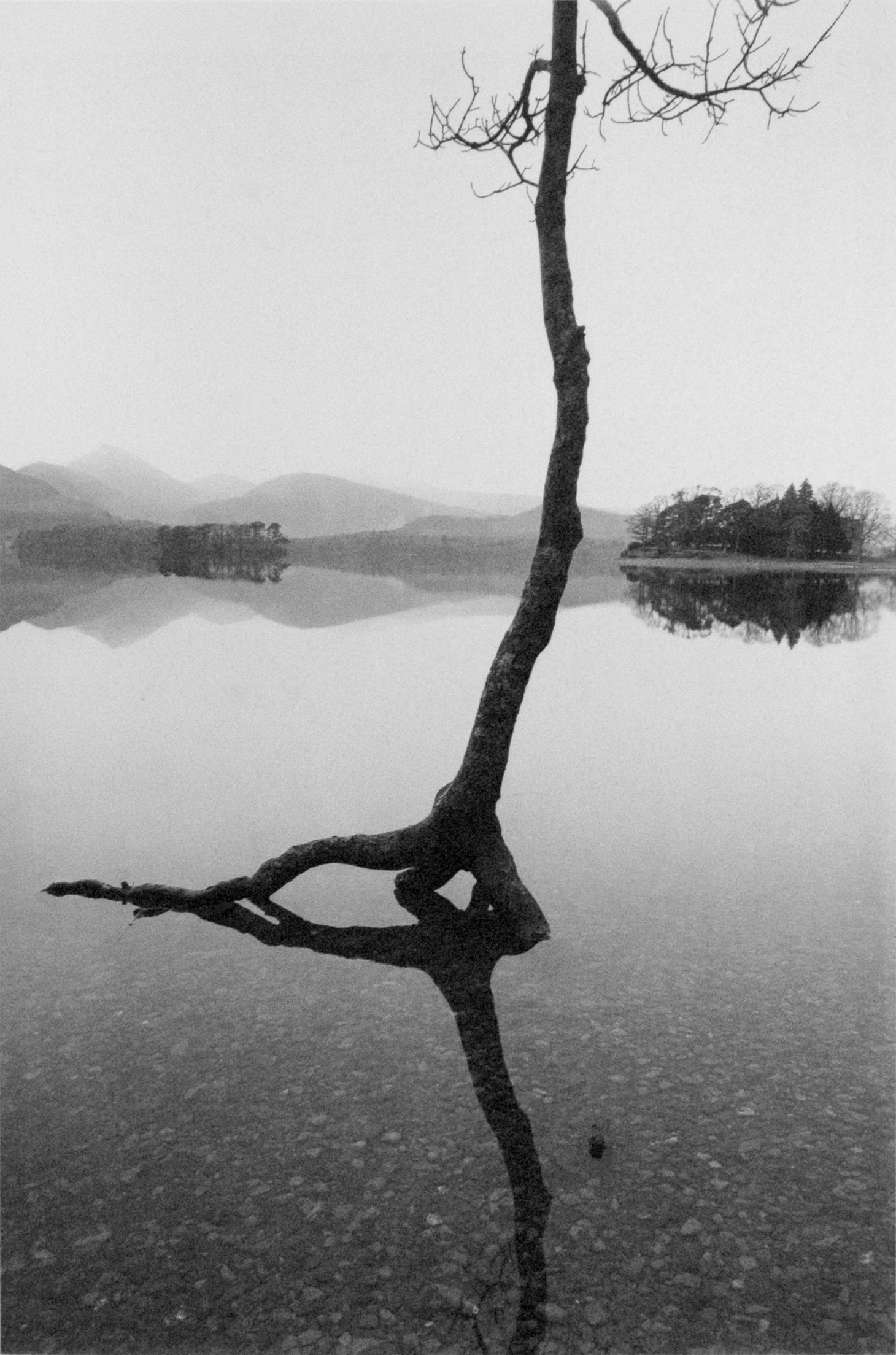
The photo above is one of my favourite photos from her collections, what makes it so eye-catching for me is the perfect reflection projected on the water of the mountains and the flooded tree.
Ansel Adams was born February 20th 1902 in California, Adams is one of America’s most famous photographers and is known for his stunning photos of the American wilderness and his passion for conservation. Ansel Adams’ photography puts the American wilderness on display, highlighting its enormity and beauty through dramatic black and white photos.
Adams’ knowledge of cameras and the science behind them allowed him to visualise his photos before he took them.
Ansel Adams joined the Sierra Club in 1919, an environmental group established to preserve the natural wilderness of the Yosemite Sierra. He spent as much time as he could in the Yosemite Sierra. In years to come, he even became the keeper of the club’s LeConte Memorial Lodge. During the group’s hikes and camping trips, Ansel Adams was able to soak up the sublime wonder of the landscape. It was then that he began his career as a pioneering American photographer. Adams published his first photographs in the club’s 1922 bulletin, and held his first one-man exhibition at the club’s San Francisco headquarters in 1928. In 1934, he became a member of the Sierra club’s board of directors.
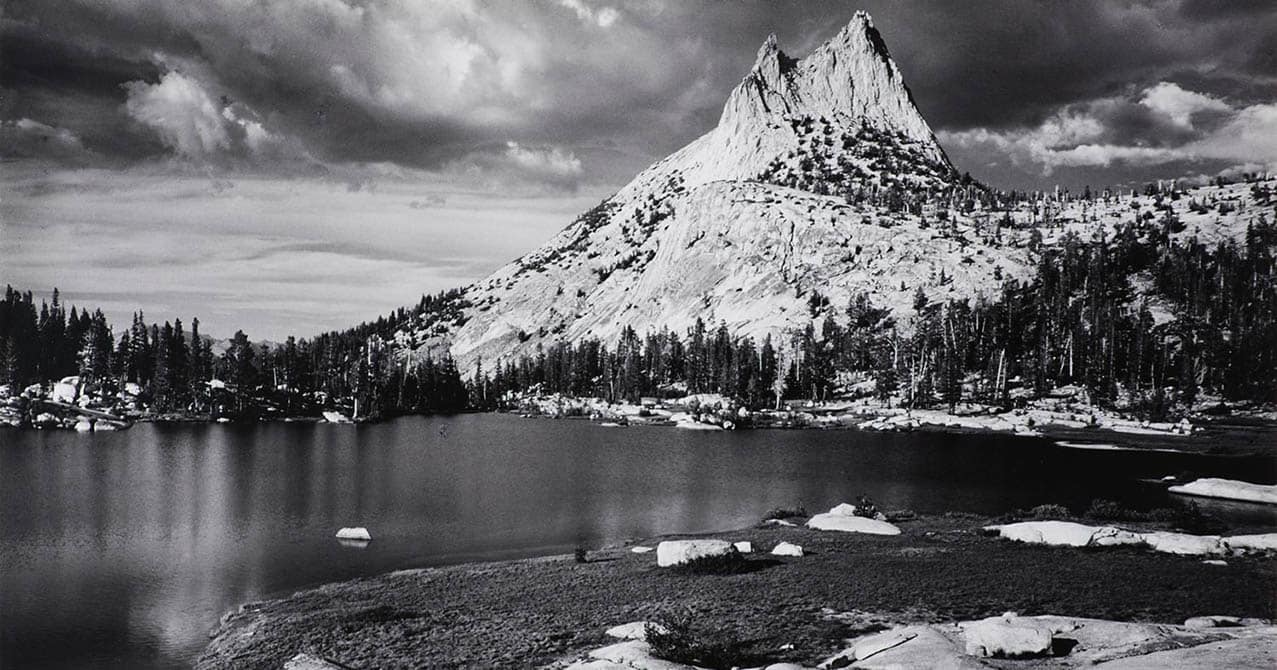

This is one of Adams most famous pieces of work it is called “the face of half dome” it was taken in a national park in1927, taken during a treacherous journey through Yosemite’s LeConte Gully trail with a small group of friends, the trip took
One of the key compositional techniques that Adams employed in many of his images was to place the horizon about two-thirds of the way up the frame. This would mean the composition was biased in favour of the landscape rather than the sky and would help to communicate the epic scale of the scene.
Ansel became frustrated when an image would not get developed how he visualized it, therefore, he created the ‘zone system’. This was originally made to determine his vision for tones within a picture it also links to the exposure settings of a camera. The 11 zones in Ansel Adams’ system were defined to represent the gradation of all the different tonal values you would see in a black and white print, with zone 5 being middle grey, zone 0 being pure black (with no detail), and zone 10 being pure white (with no detail). Theoretically, each zone represents one f-stop in exposure.

Ansel Adams made photos as he visualised the photos before he took them and manipulated them to make the photos look how he visualised them. That why he said i made/created photos instead of taking photos. Adams wrote wrote 10 technical manuals on photography which helped him become famous for his style and making it a world famous style of photography.
Ansel Adams used a large format camera to take his photos, he also used filters to add dimension, depth and drama to his work whilst using black and white film. Adams used a red filter in some of his most famous work as he found that it added the most dramatic effect, but will often ruin the cloud pattern, yellow has the least dramatic effect on the sky and photos and then their is orange which is in the middle it gives a dramatic feel to the photo but without darkening it too much. The darker the filter the harder it is ti let light into the camera, so there for the image will be darker.
For my photoshoot i am planning on taking photos of a lake i live next to, i am going to plan on going in the morning to be able to capture the morning haze, i will take some of the photos on a low shutter speed to give the falling water a misty, blurred effect. I am planning to take my photos here as it is an enclosed area and is unique.
I am planning on taking photos at the sand dunes in St Ounes, i have picked this area as on a cloudy day the surroundings give off a sense of sublime due to the aesthetic of the greenery against the golden sand, i am also going to take the photo using a film camera gives off a sense of nostalgia due to the potent colours the film projects.
I am also planning on going to a costal area around Jersey Grev De Lecq i am going to go put i am going to go on a cloudy day to try to create a romanticism photo, i am also going to try to go to sights of special interest to get photos of the water breaking against the rocks.
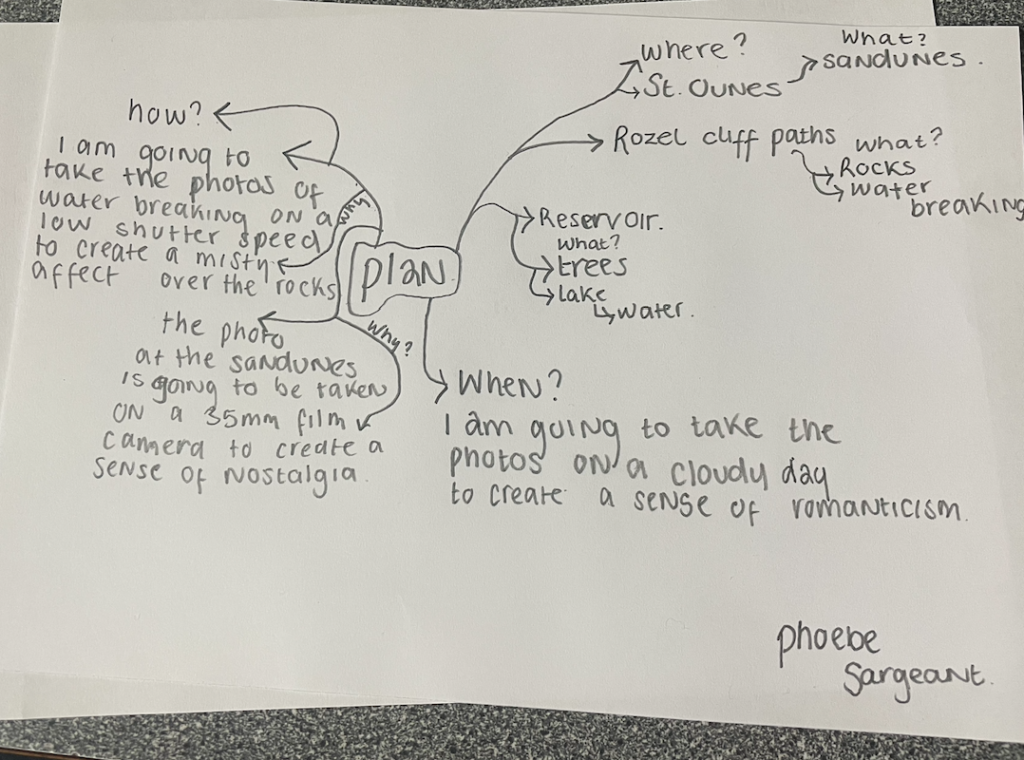
i believe that by me doing this photoshoot it will help me develop my photography skills and give me more time to get to grips with working with cameras.
Romanticism a movement in the arts and literature that originated in the late 18th century, emphasizing inspiration, subjectivity, and the primacy of the individual.
For Romantics, the sublime is a meeting of the subjective-internal (emotional) and the objective-external (natural world): we allow our emotions to overwhelm our rationality as we experience the wonder of creation
The 5 elements of romanticism:
There are five characteristics of Romanticism that all begin with the letter “I”: Intuition, Imagination, Innocence, Inspiration, and Inner Experience.
Common features of Romanticism also include looking to the past as well as to nature for guidance and wisdom.
The definition of sublime is”of very great excellence or beauty.”.
The Sublime is a western aesthetic concept of ‘the exalted’ of ‘beauty that is grand and dangerous’. The Sublime refers to the wild, unbounded grandeur of nature. The Sublime is related to threat and agony, to spaces where calamities happen or things run beyond human control.
The sublime has long been understood to mean a quality of greatness or grandeur that inspires awe and wonder. From the seventeenth century onwards the concept and the emotions it inspires have been a source of inspiration for artists and writers, particularly in relation to the natural landscape



The Romantic Period began roughly around 1798 and lasted until 1837.Romanticism, attitude or intellectual orientation that characterized many works of literature, painting, music, architecture, criticism, and historiography in Western civilization over a period from the late 18th to the mid-19th century.
In the 1760s and ’70s a number of British artists at home and in Rome, including James Barry, Henry Fuseli, John Hamilton Mortimer, and John Flaxman, began to paint subjects that were at odds with the strict decorum and classical historical and mythological subject matter of conventional figurative art. These artists favoured themes that were bizarre, pathetic, or extravagantly heroic, and they defined their images with tensely linear drawing and bold contrasts of light and shade. William Blake, the other principal early Romantic painter in England, evolved his own powerful and unique visionary images.
With my final images i have mounted them to be able to present them in two different ways, the first way i mounted one of my images was by using foam board mounting, after my image was printed out i used a spray glue on the back of the photo and stuck it to foam board, after that i used a metal ruler and a stanly knife to cut the image out.
The second way i mounted my photo was creating a window mount i created this by measuring the photo and cardboard, to create precise measurements so the photo would fit perfectly within the window mount, after i worked out the measurements i began cutting the frame i used a bevel cutter to create a cut on a 45 degrees angle, once all 4 side where cut i taped the image in place.
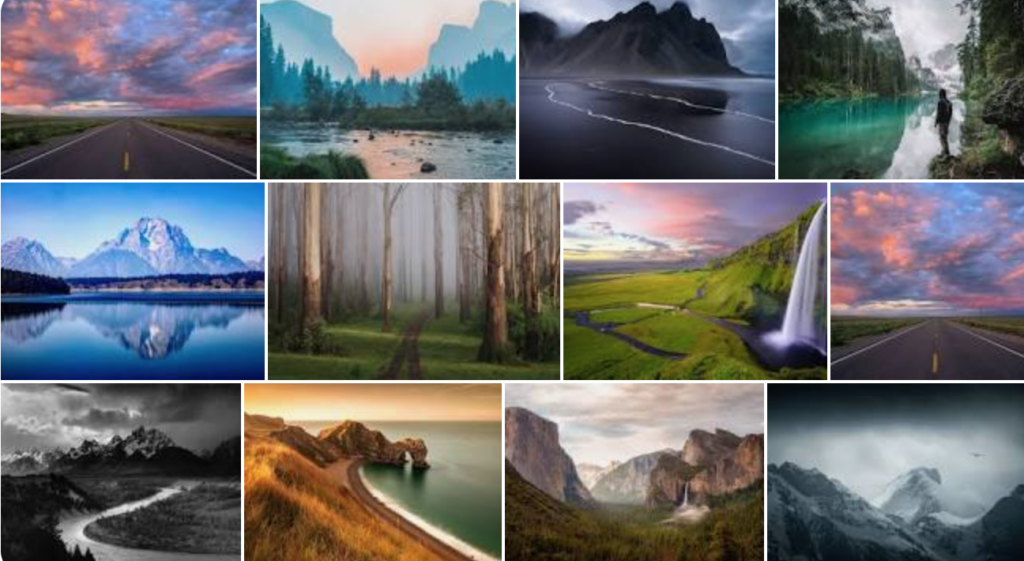
When talking about landscape it is typically talked about as an image wider than it is tall that is shot horizontal, they tend to contain aspects of nature and natural land.
There are three typical types of landscape photography mountain, flat and costal landscape, it commonly involves daylight photography.
Landscape photography shows the spaces within the world, sometimes vast and unending, but other times microscopic. Landscape photographs typically capture the presence of nature but can also focus on man-made features or disturbances of landscapes.
The earliest known evidence of a landscape photograph was taken between the years of 1826 and 1827. It was an urban landscape photo taken by a French inventor by the name of Nicephore Niepce.